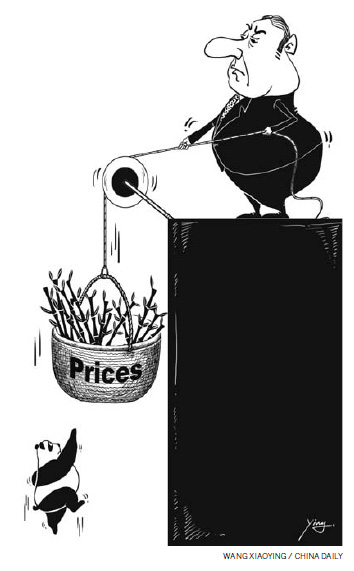The risk of high capital flow

During the early days of the subprime turmoil, then Citigroup chief executive Charles Prince said: "When the music stops, in terms of liquidity, things will be complicated. But as long as the music is playing, you've got to get up and dance. We're still dancing."
Indeed, international finance appears to have picked up the pace of the music in developing countries, including China. While many advanced economies continue to encounter debt deflation, financial stringency and risks of insolvency, developing countries are facing problems of asset inflation, credit expansion and currency revaluation. Except for a brief interruption in 2008, developing countries have been getting large capital inflows as major advanced countries respond to the crisis caused by excessive liquidity and debt by creating still larger amounts of liquidity to bail out troubled banks and governments, lift asset prices and lower interest rates.
Quantitative easing (QE) and close-to-zero interest rates are now generating a surge in speculative capital flows into countries with higher interest rates and better growth prospects, creating bubbles in foreign exchange, asset, credit and commodity markets.















